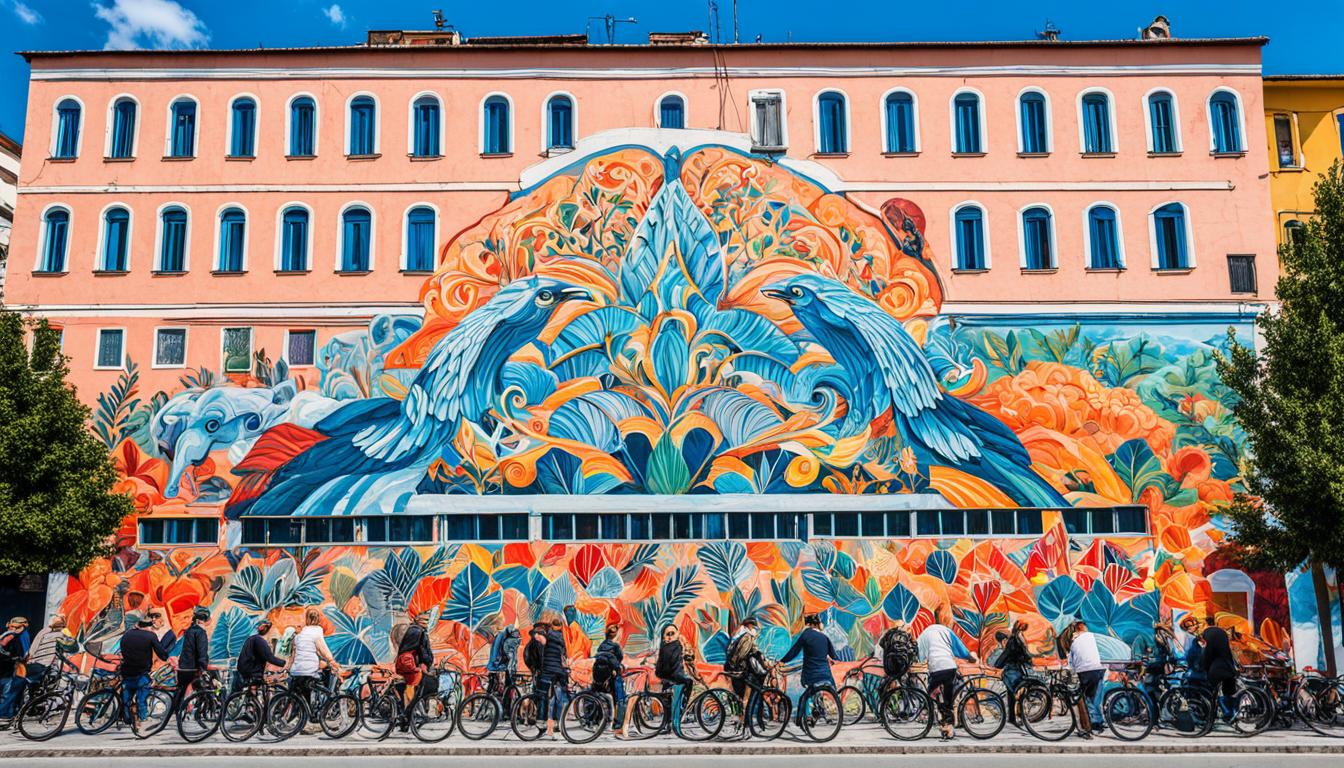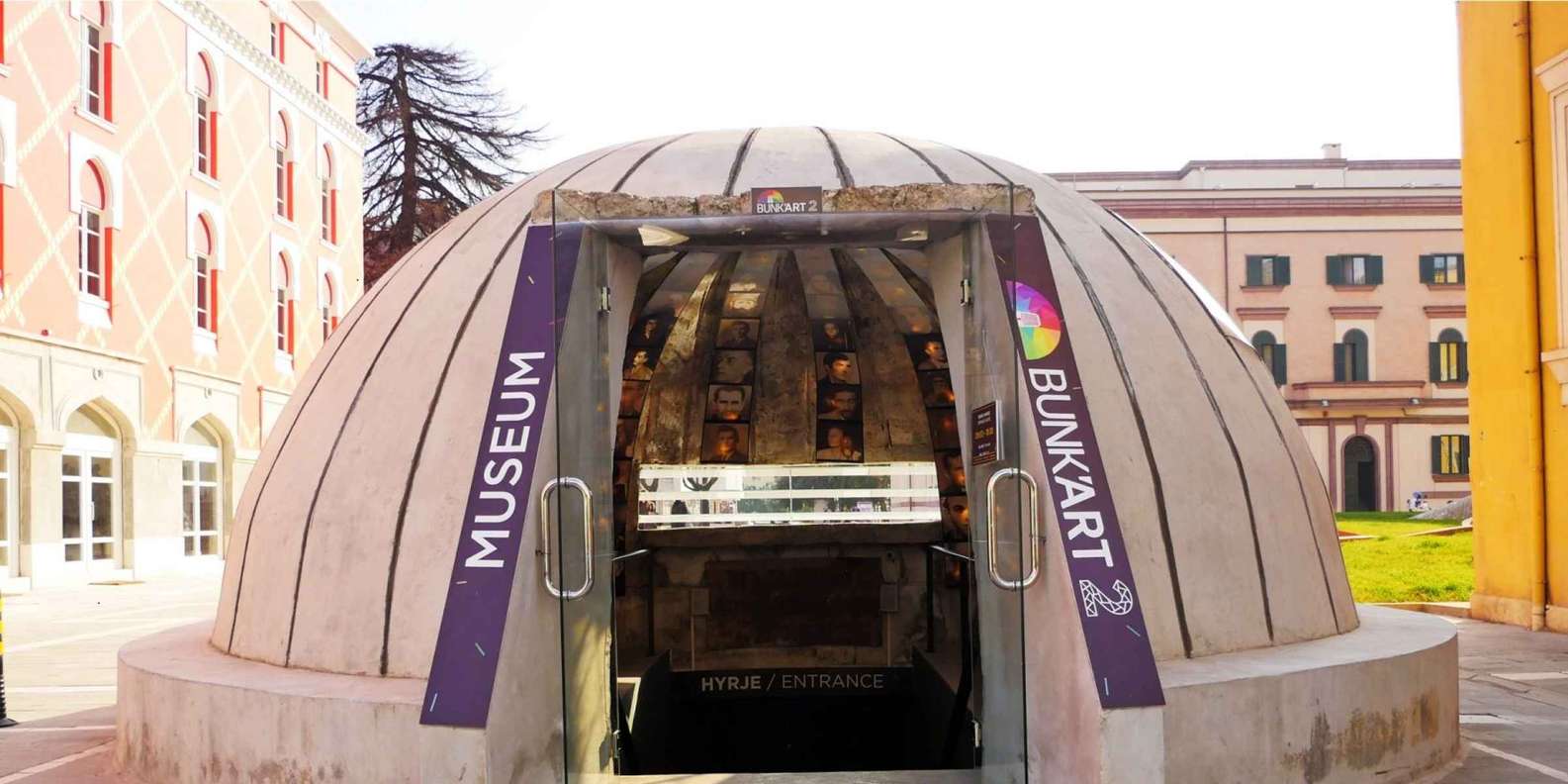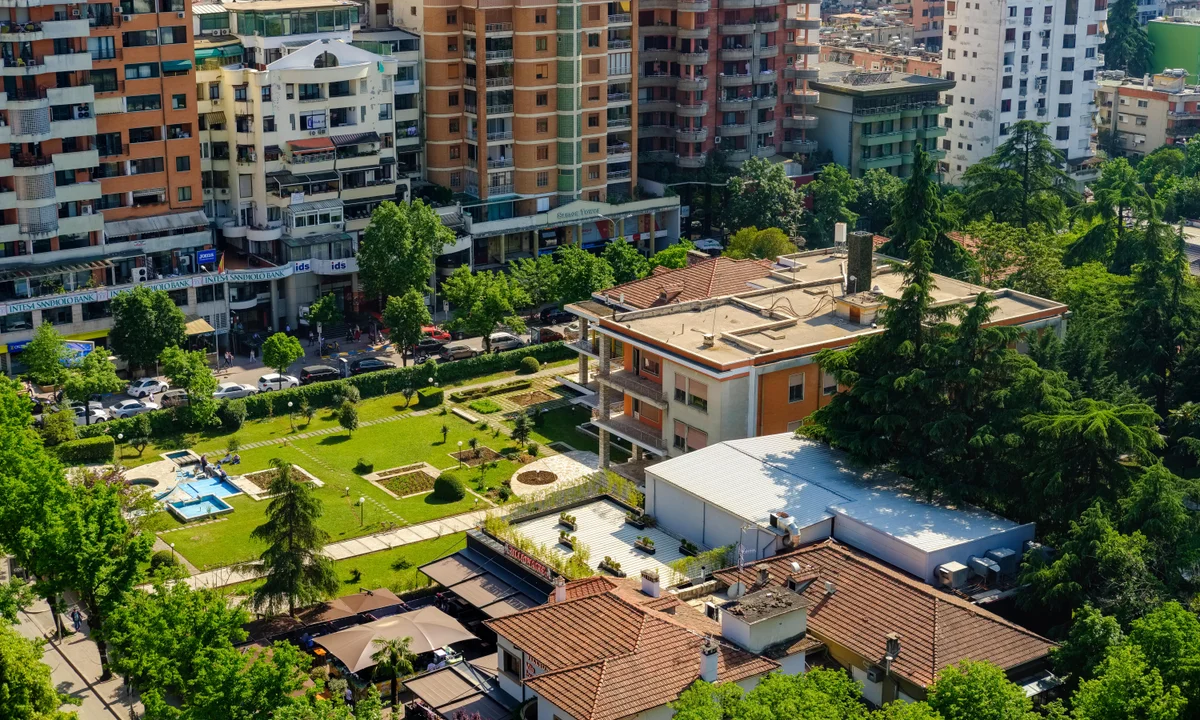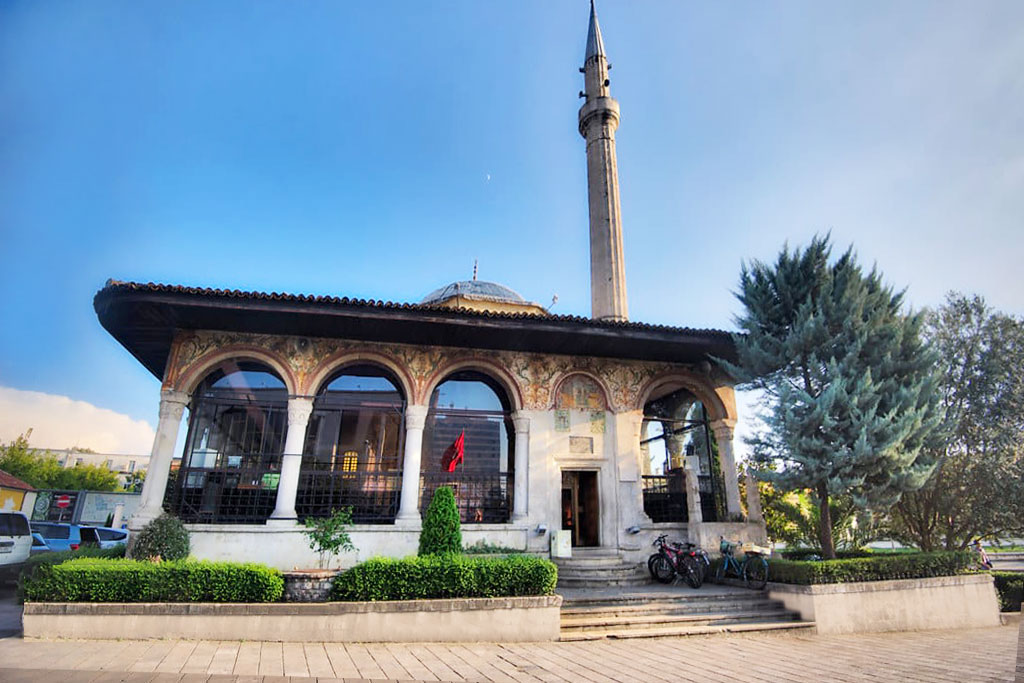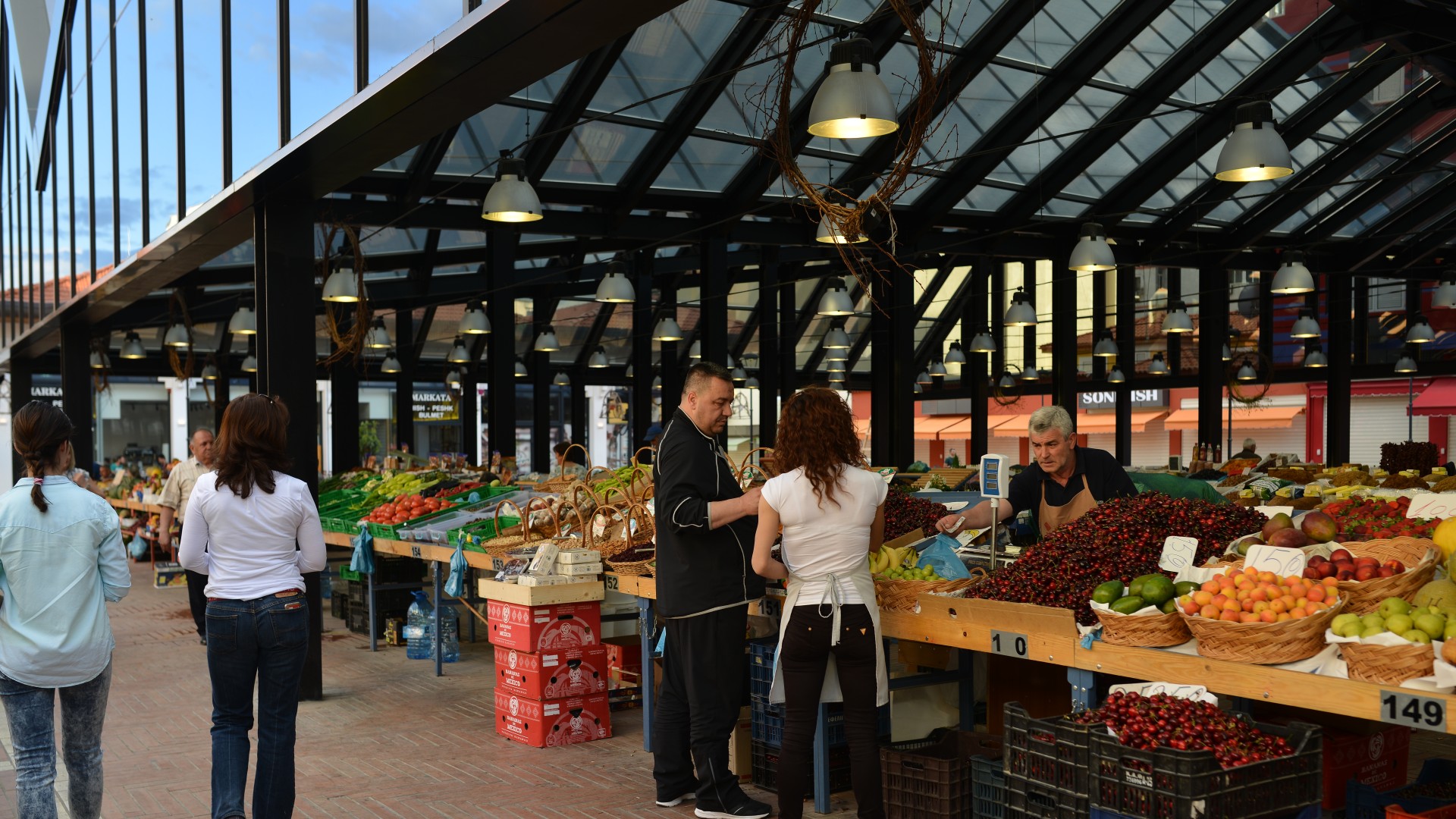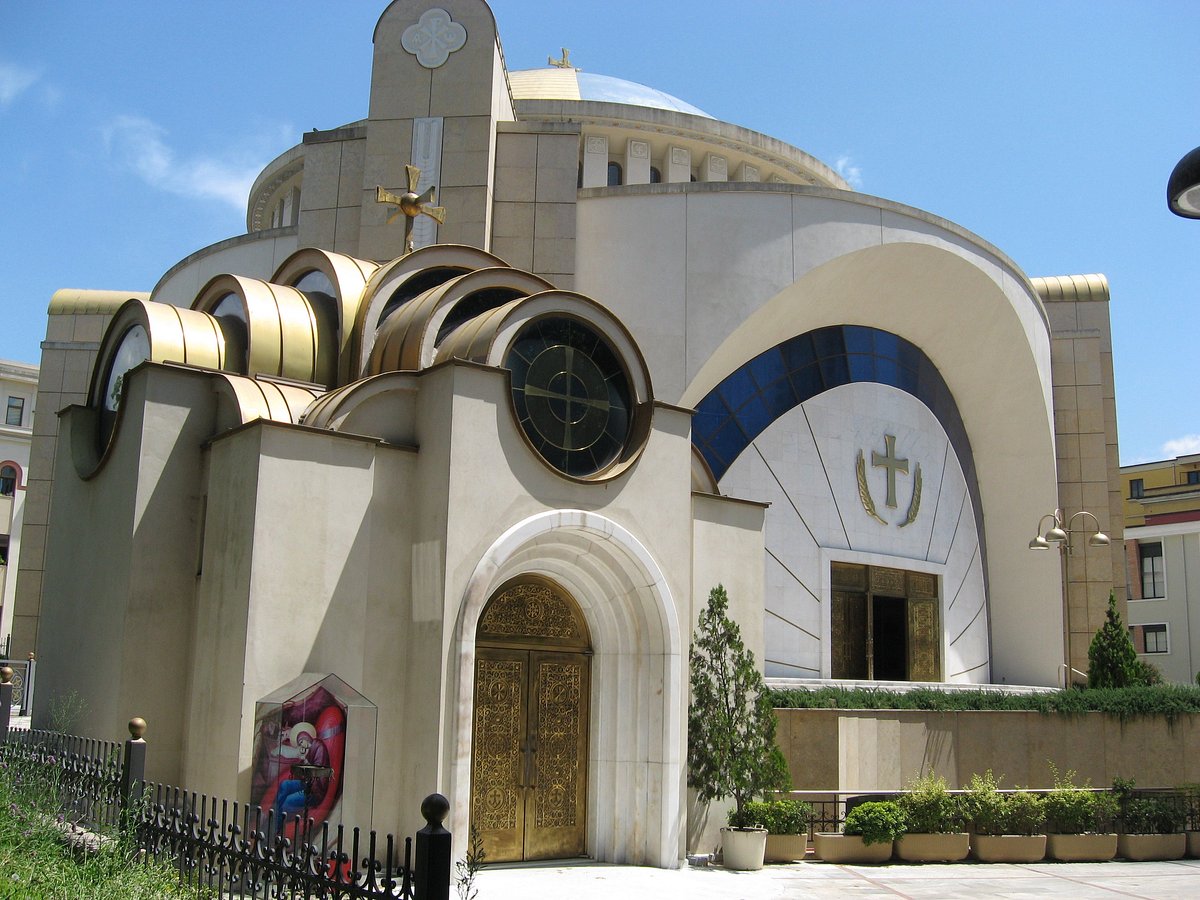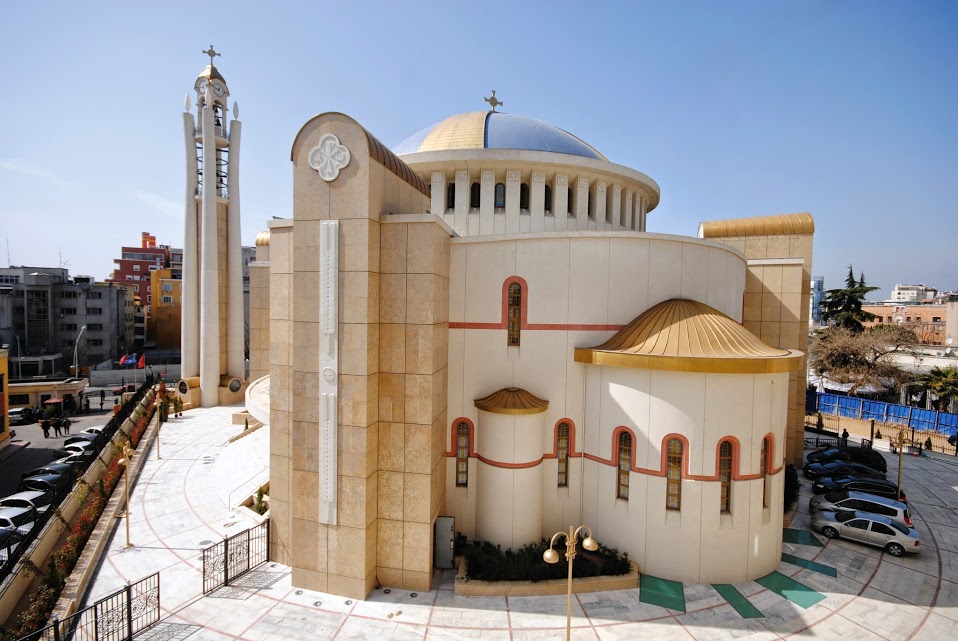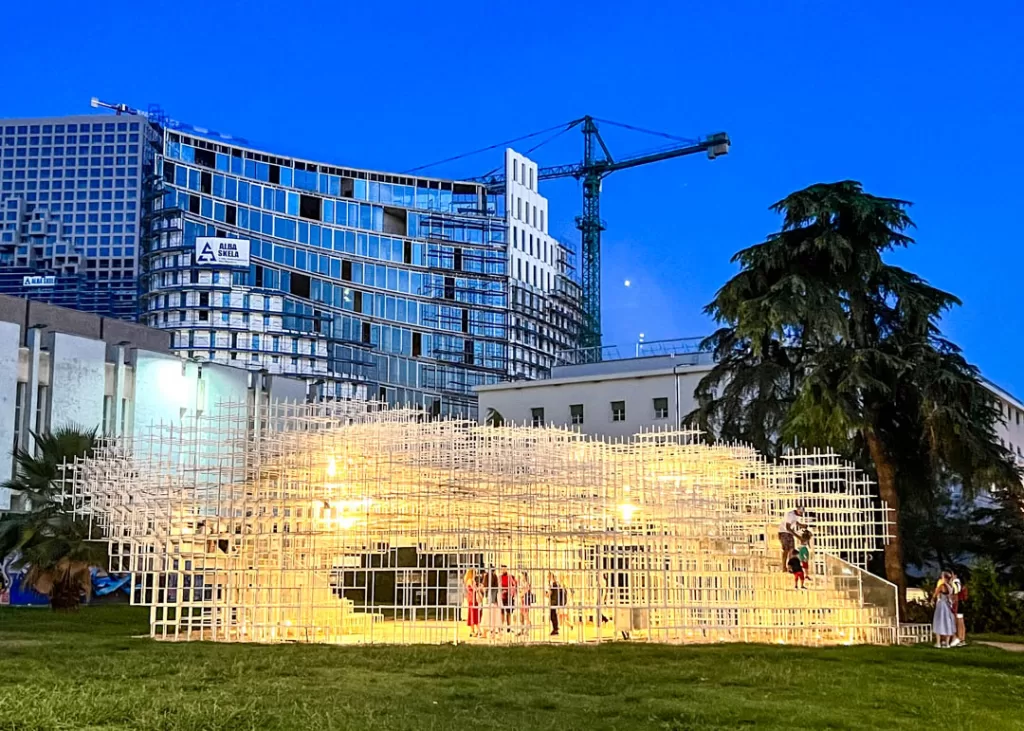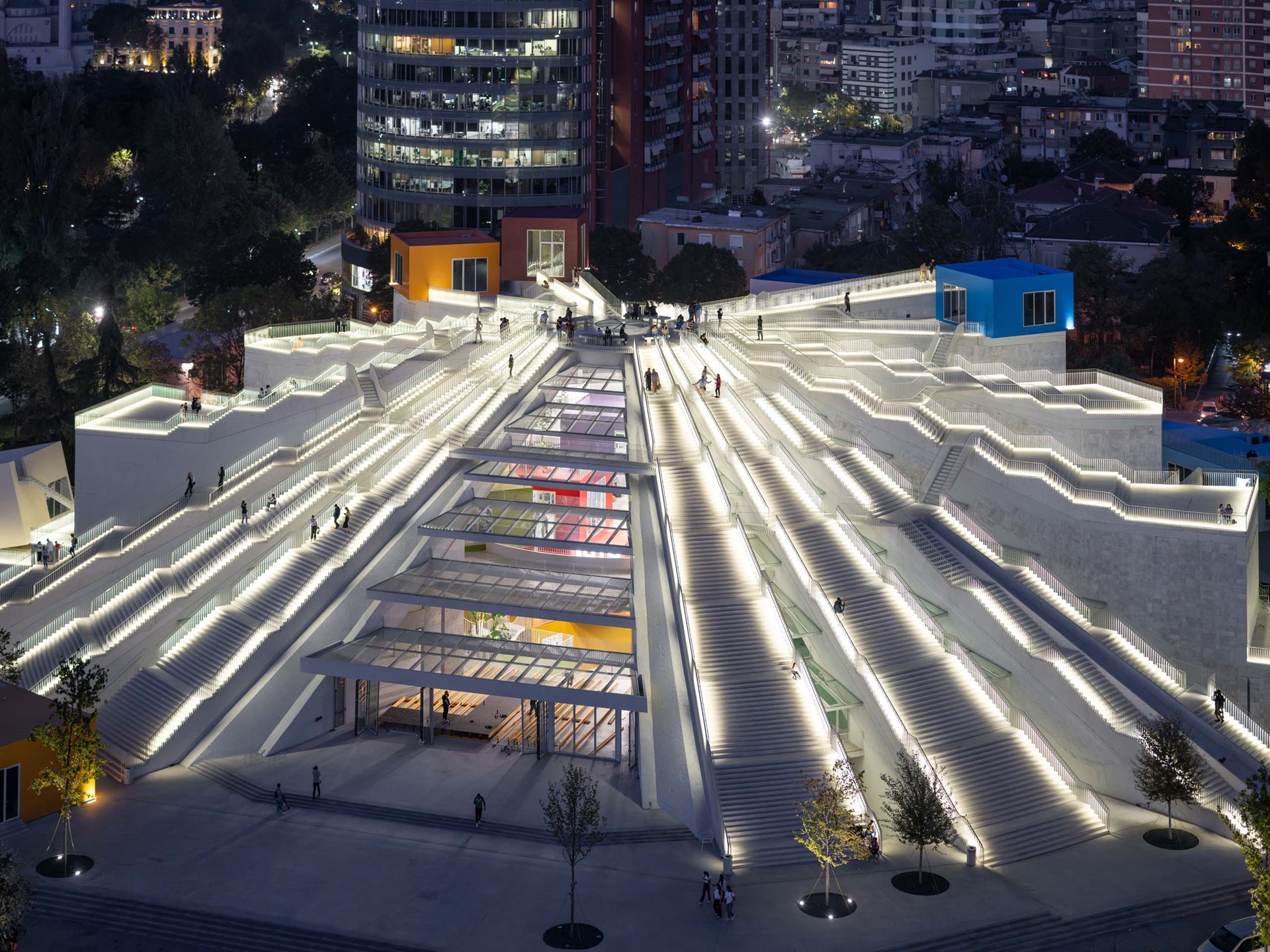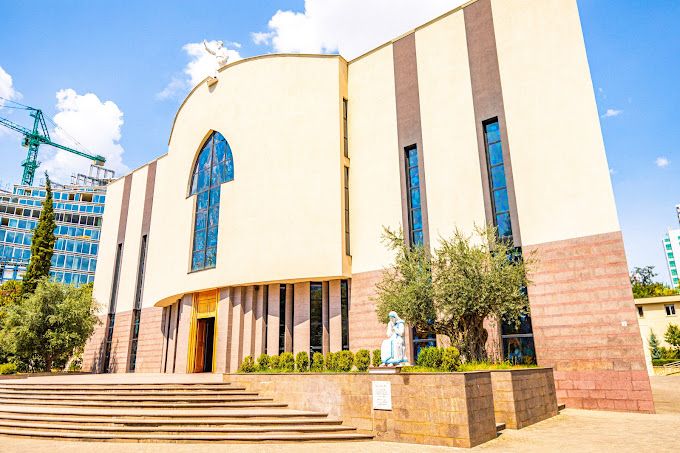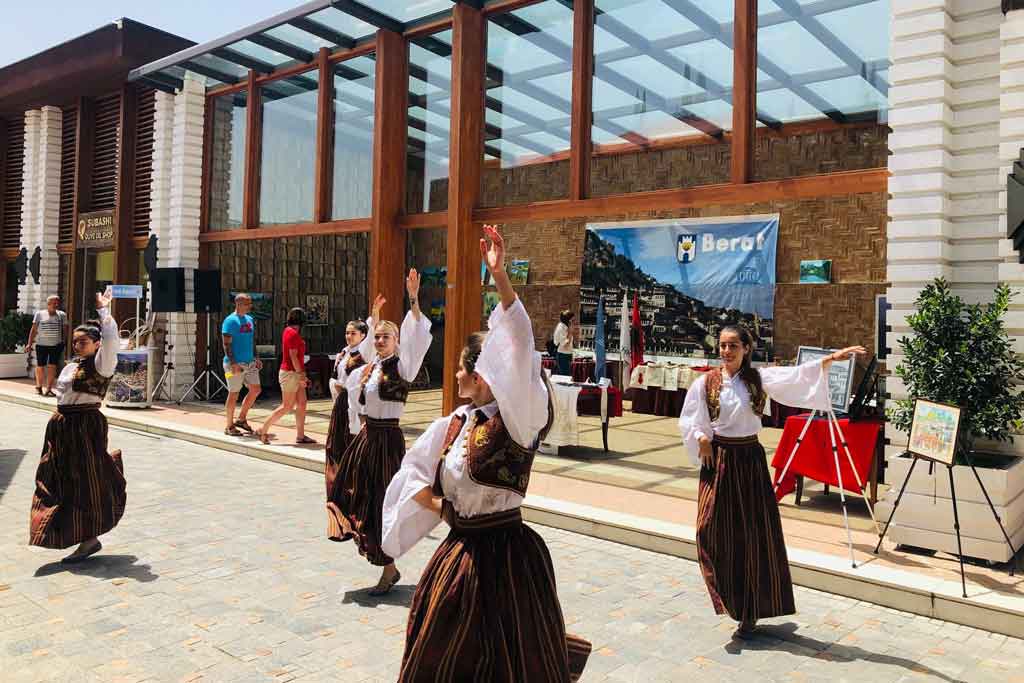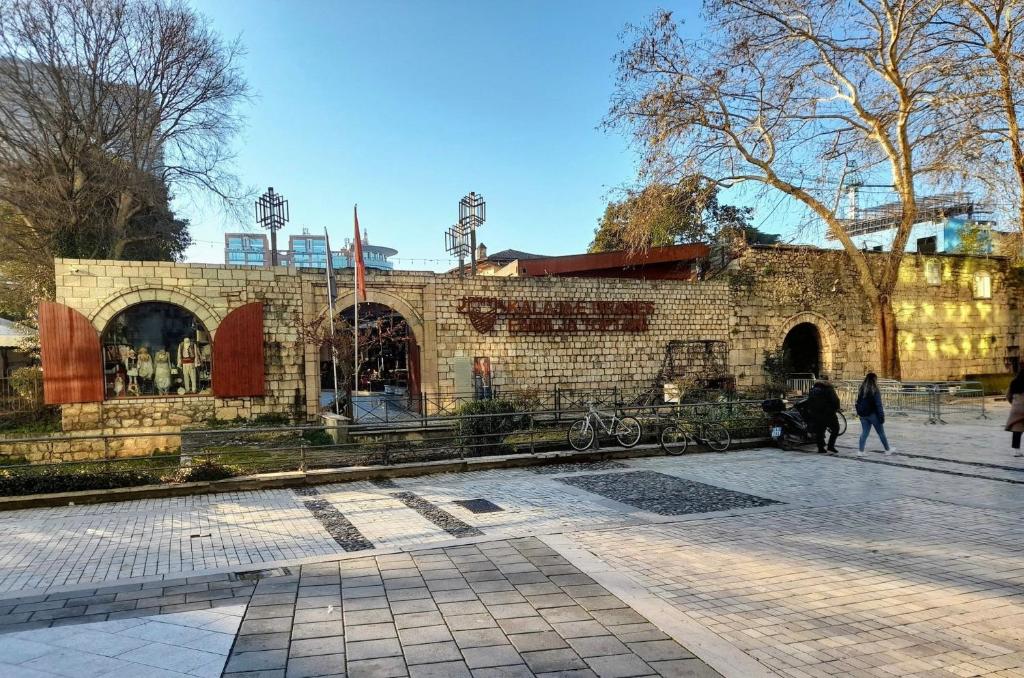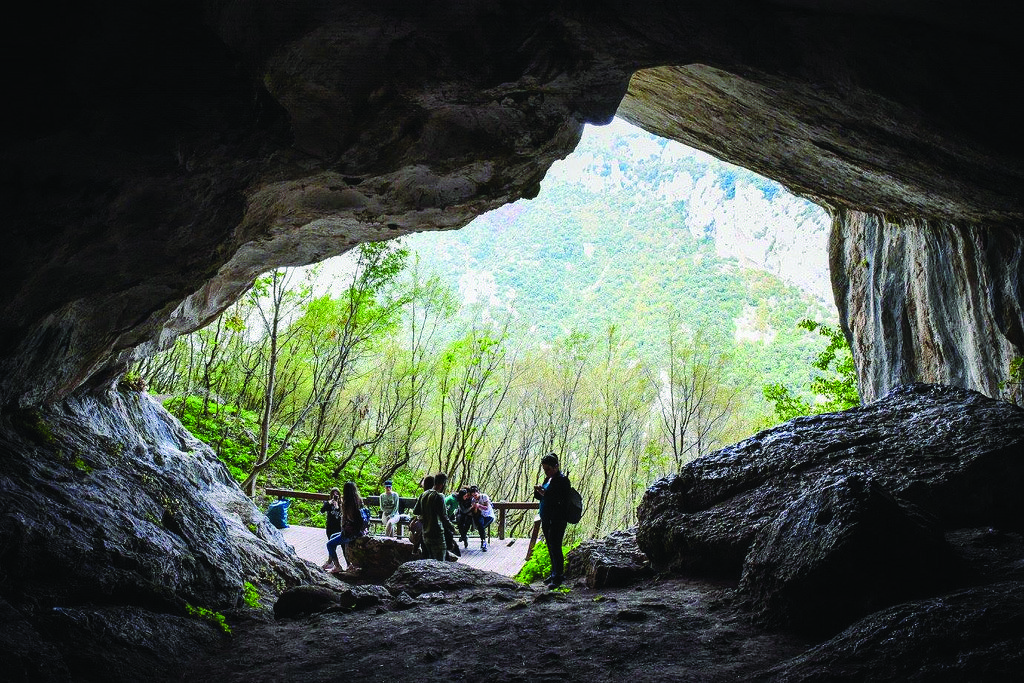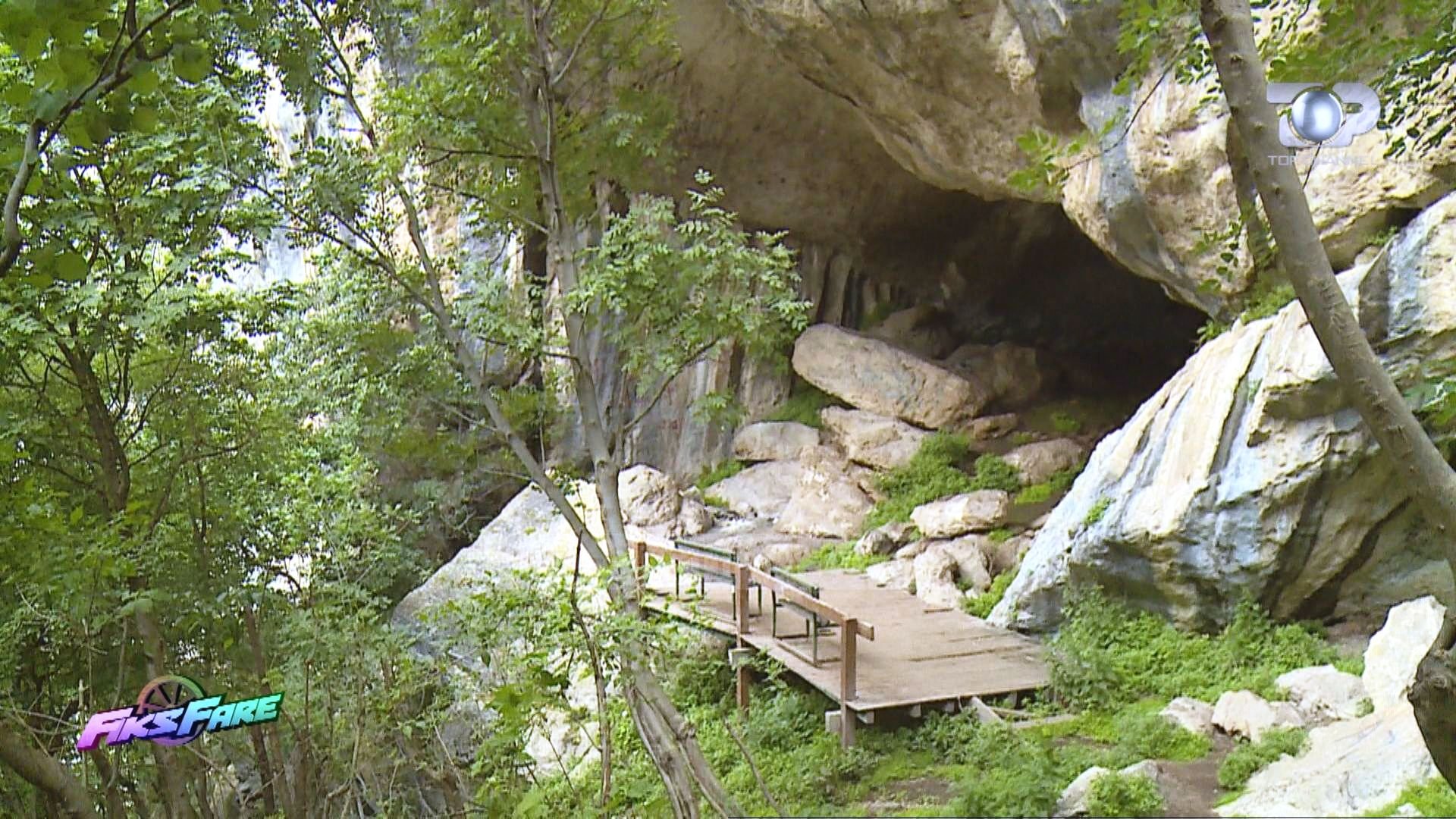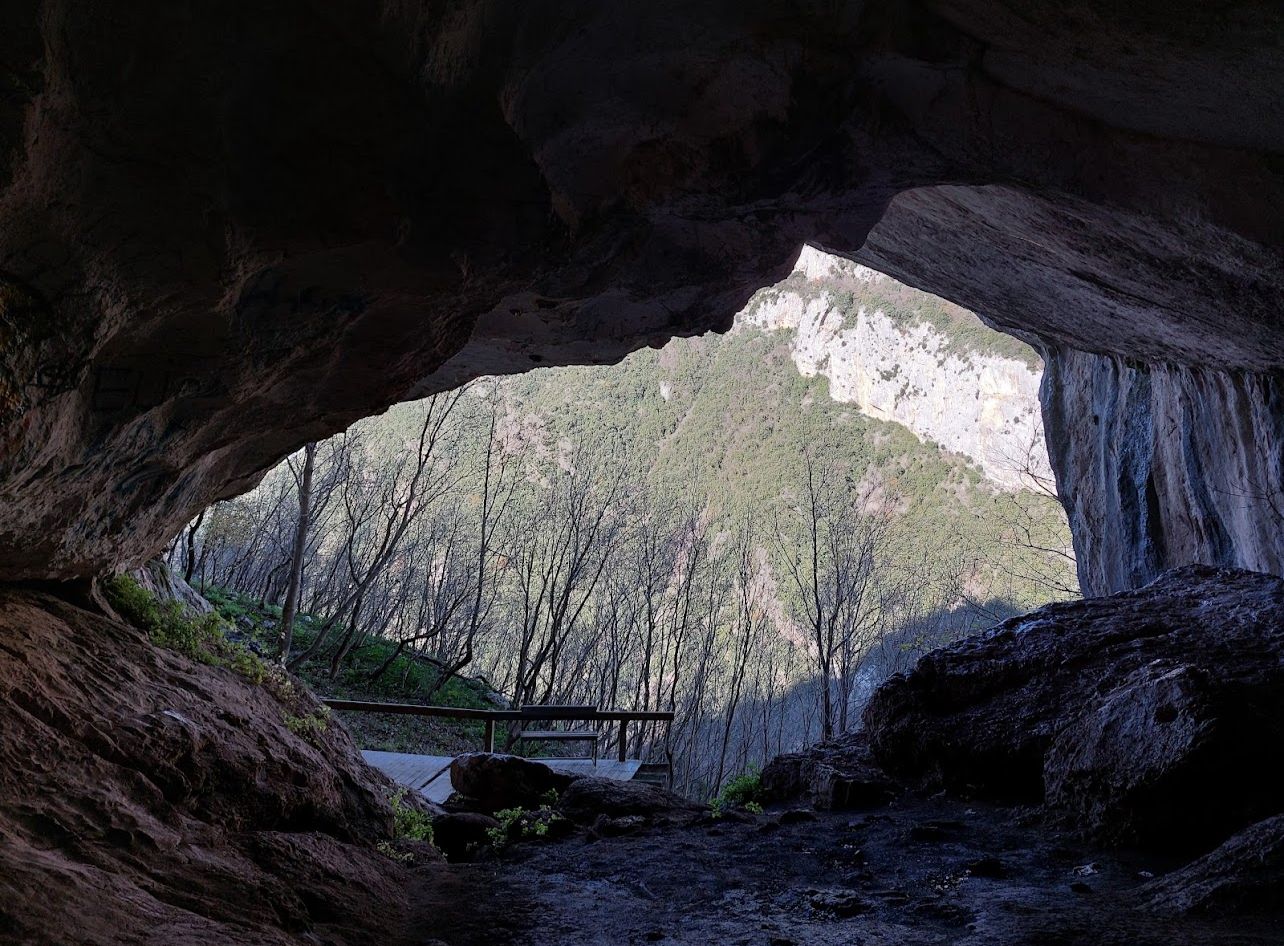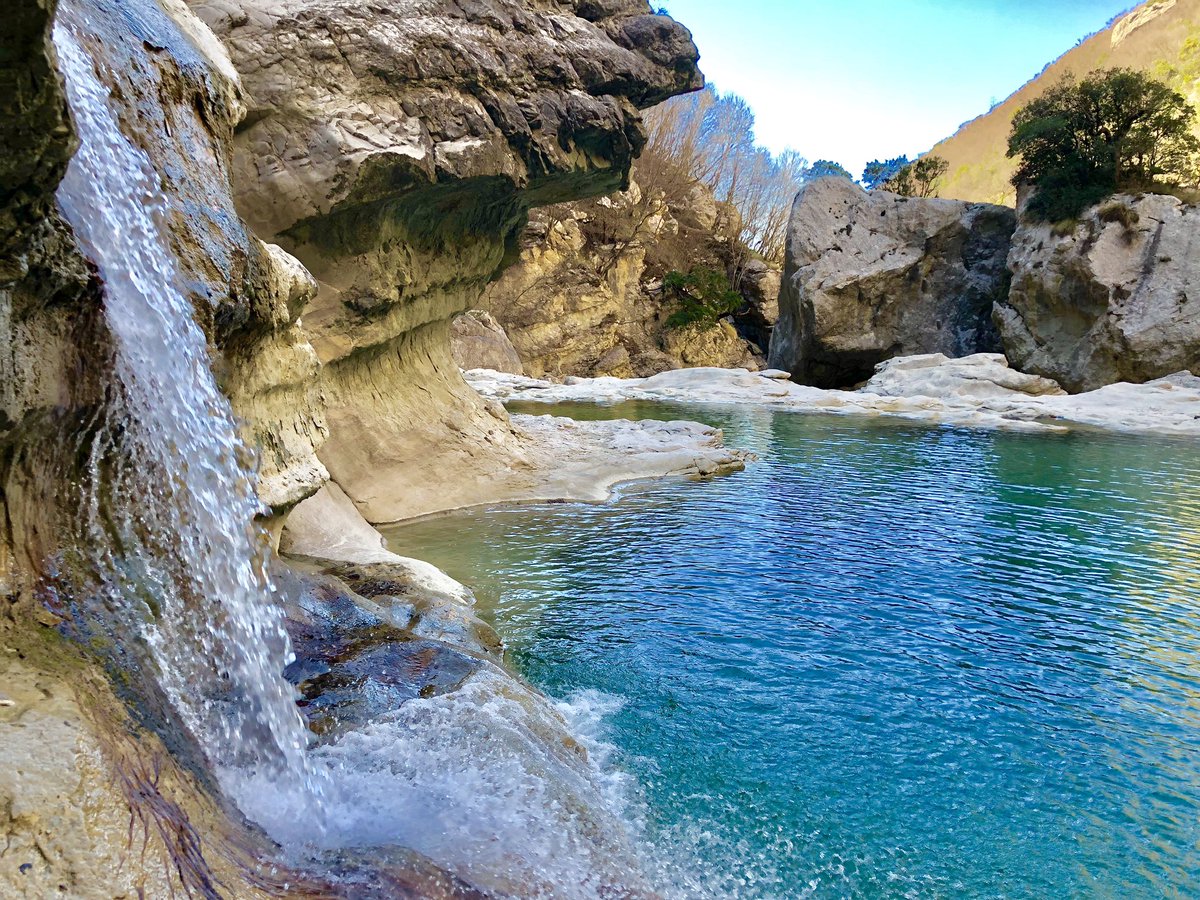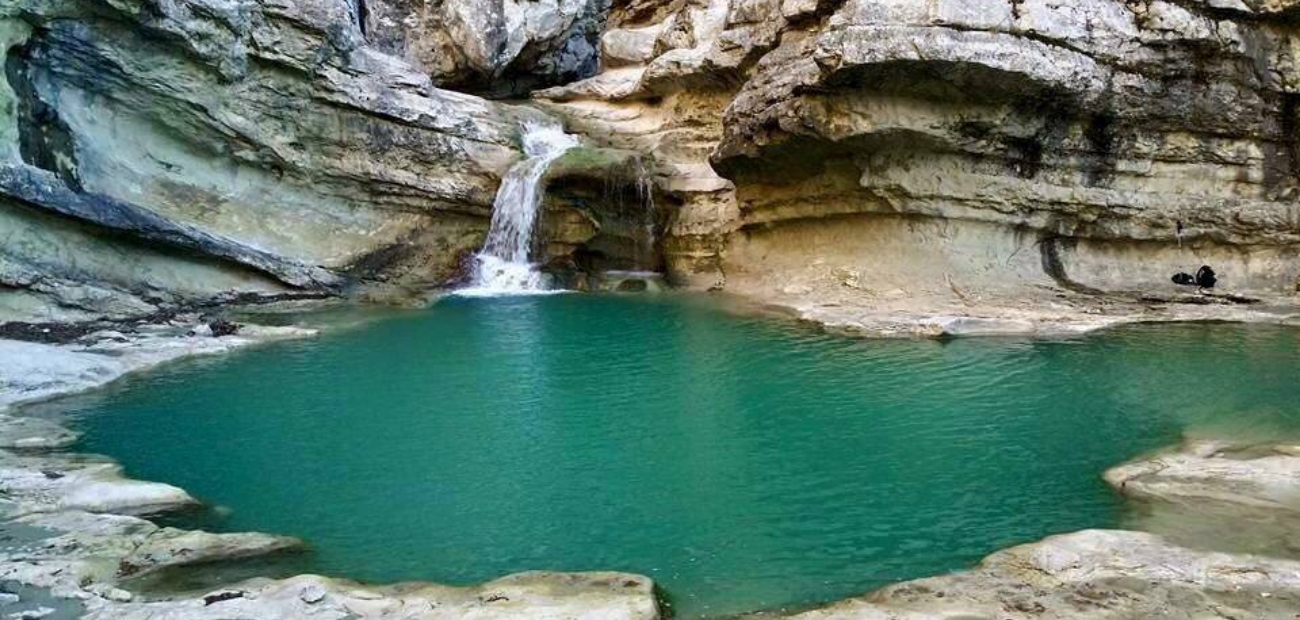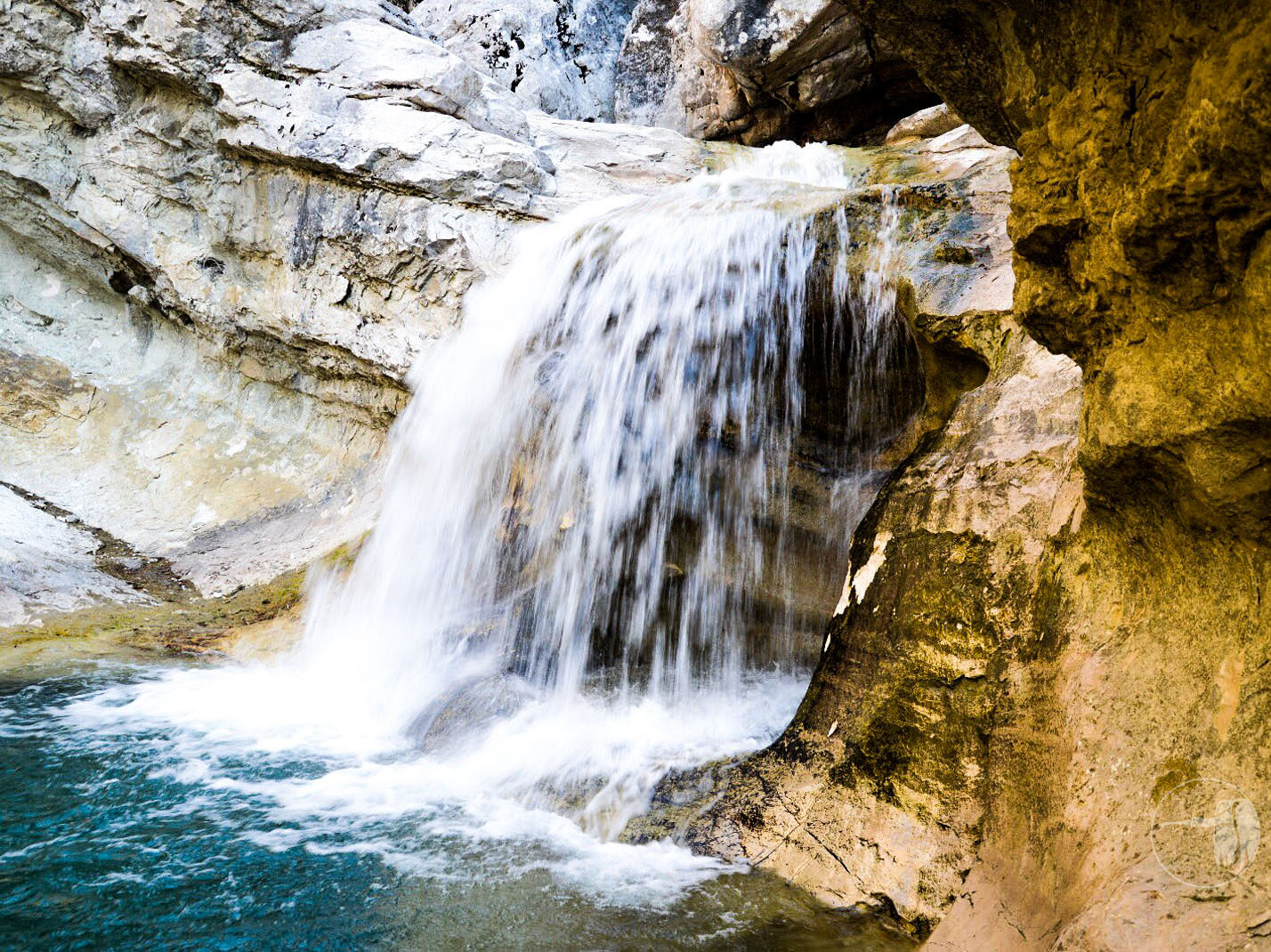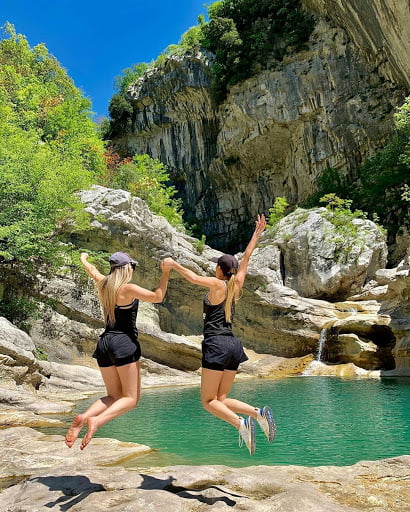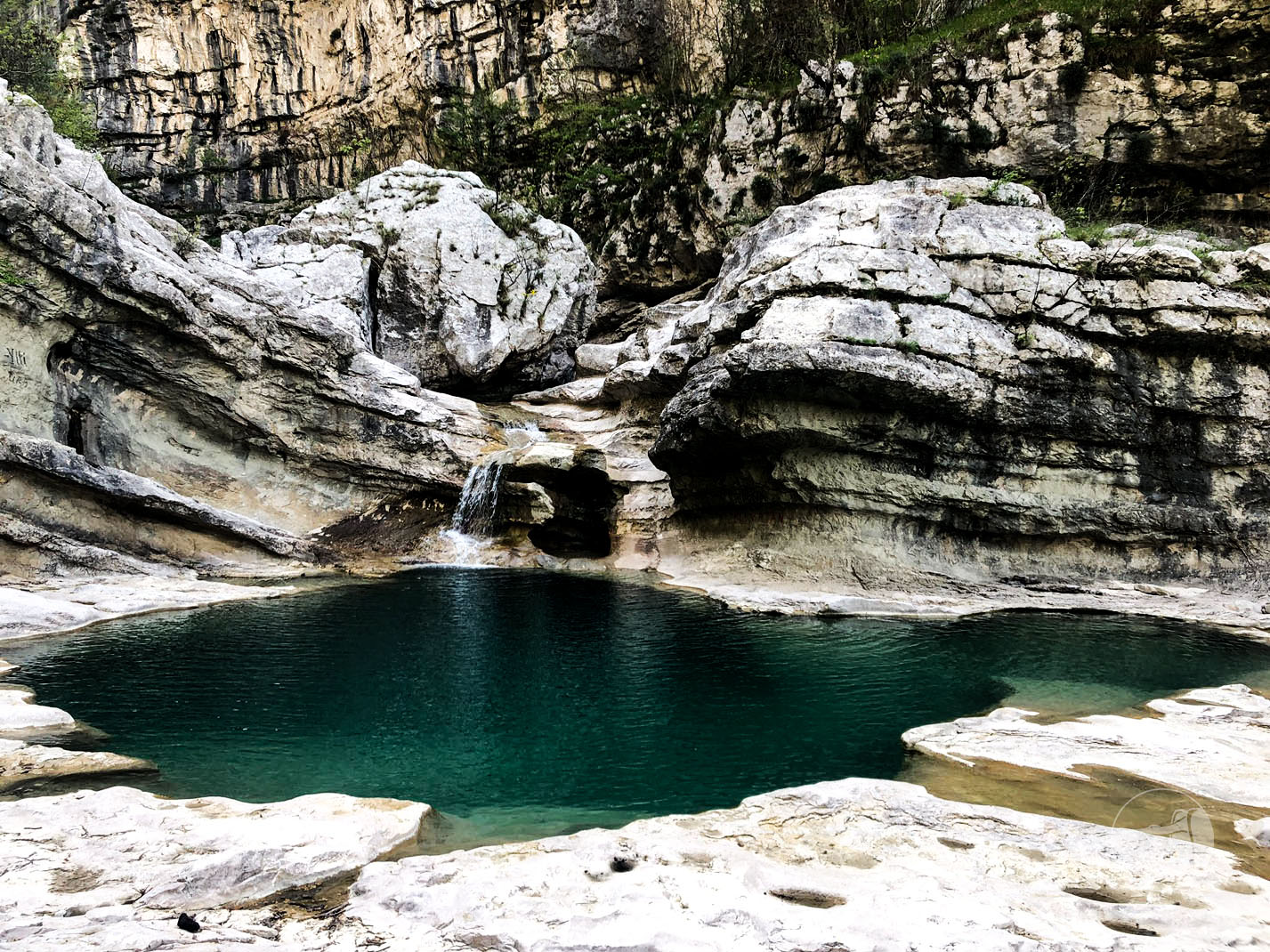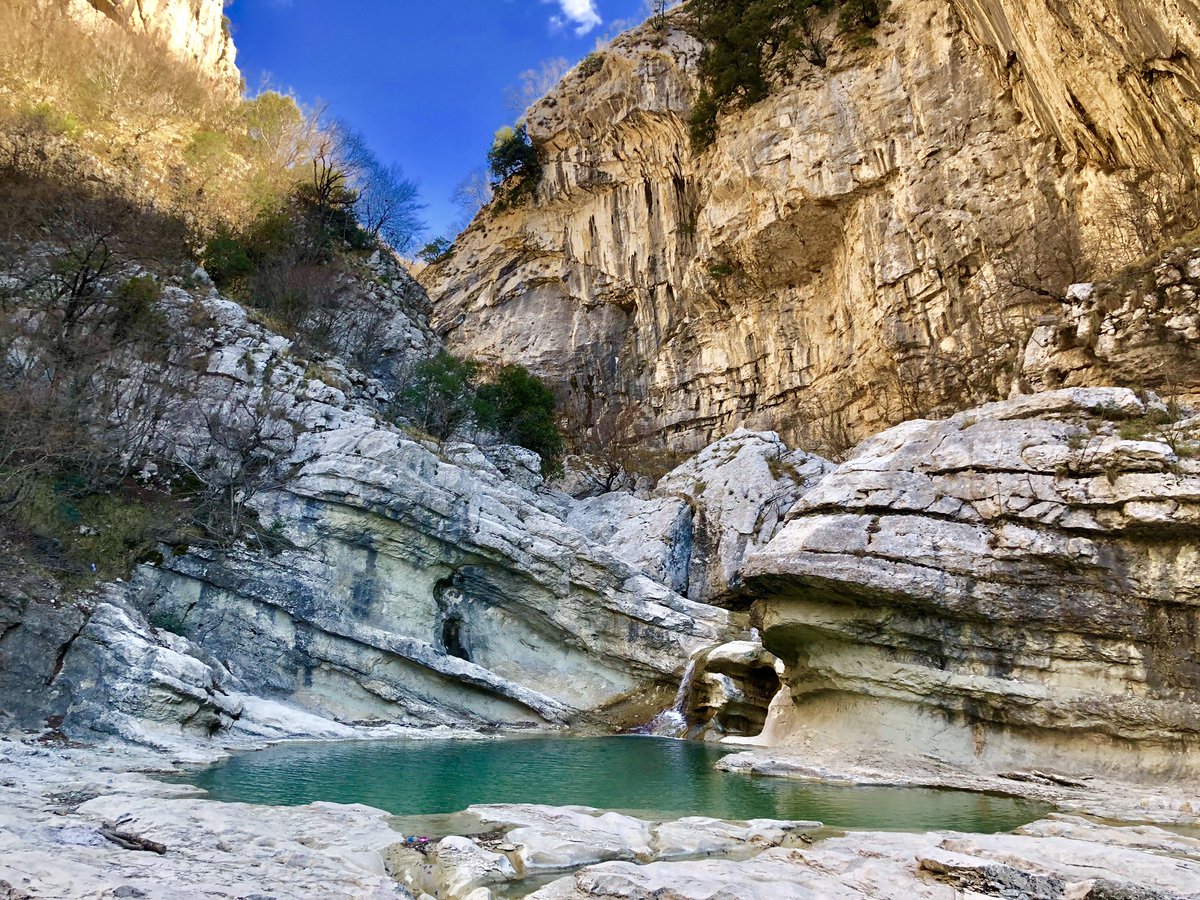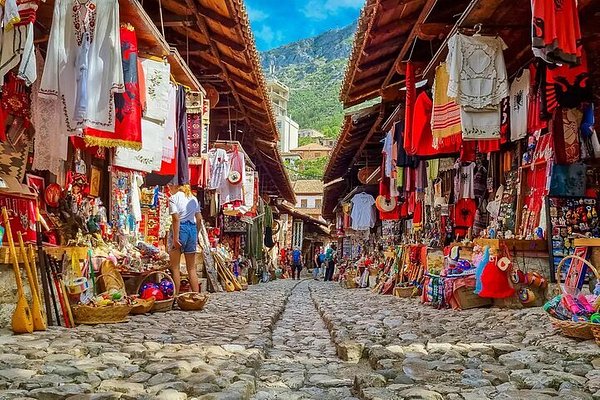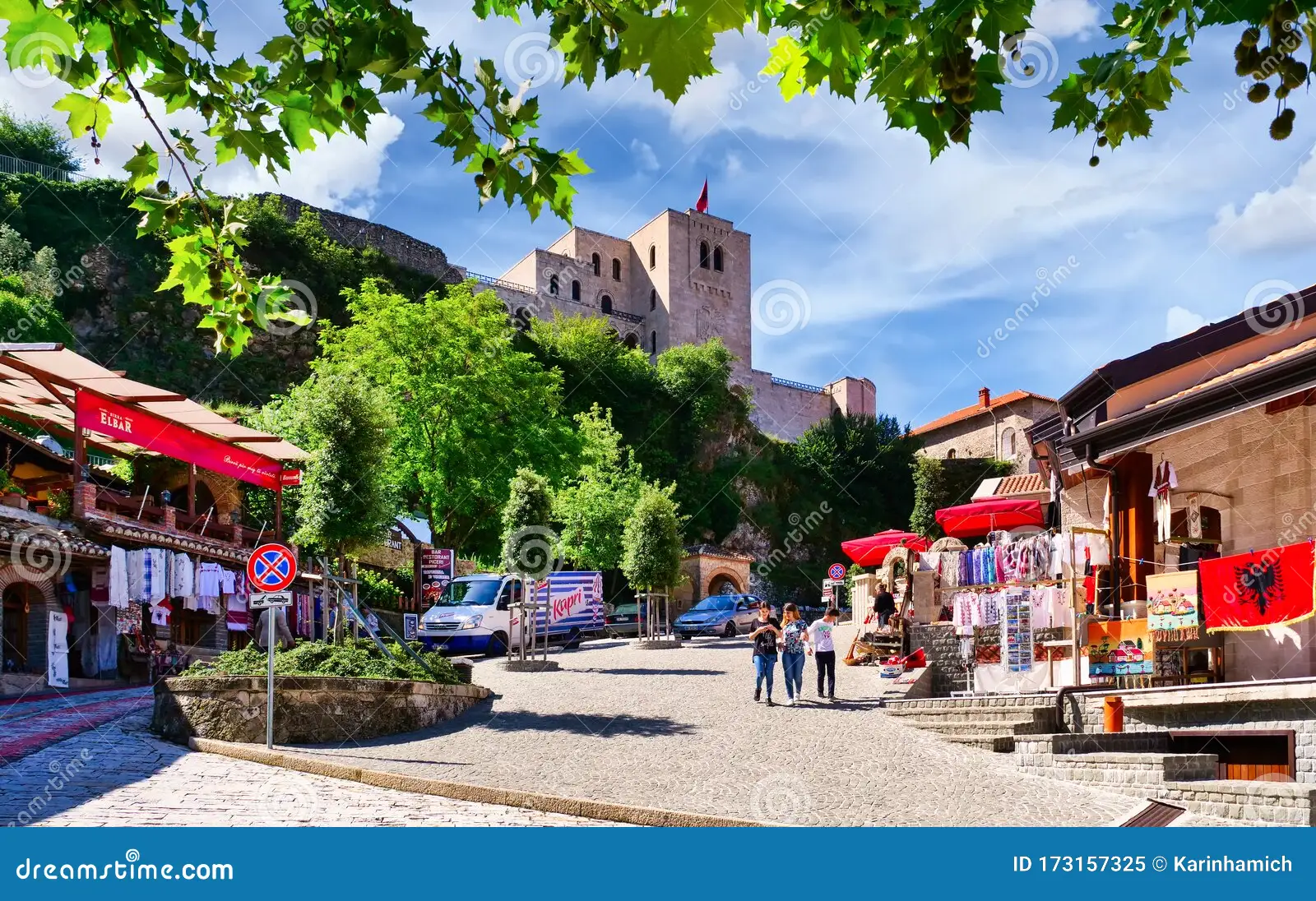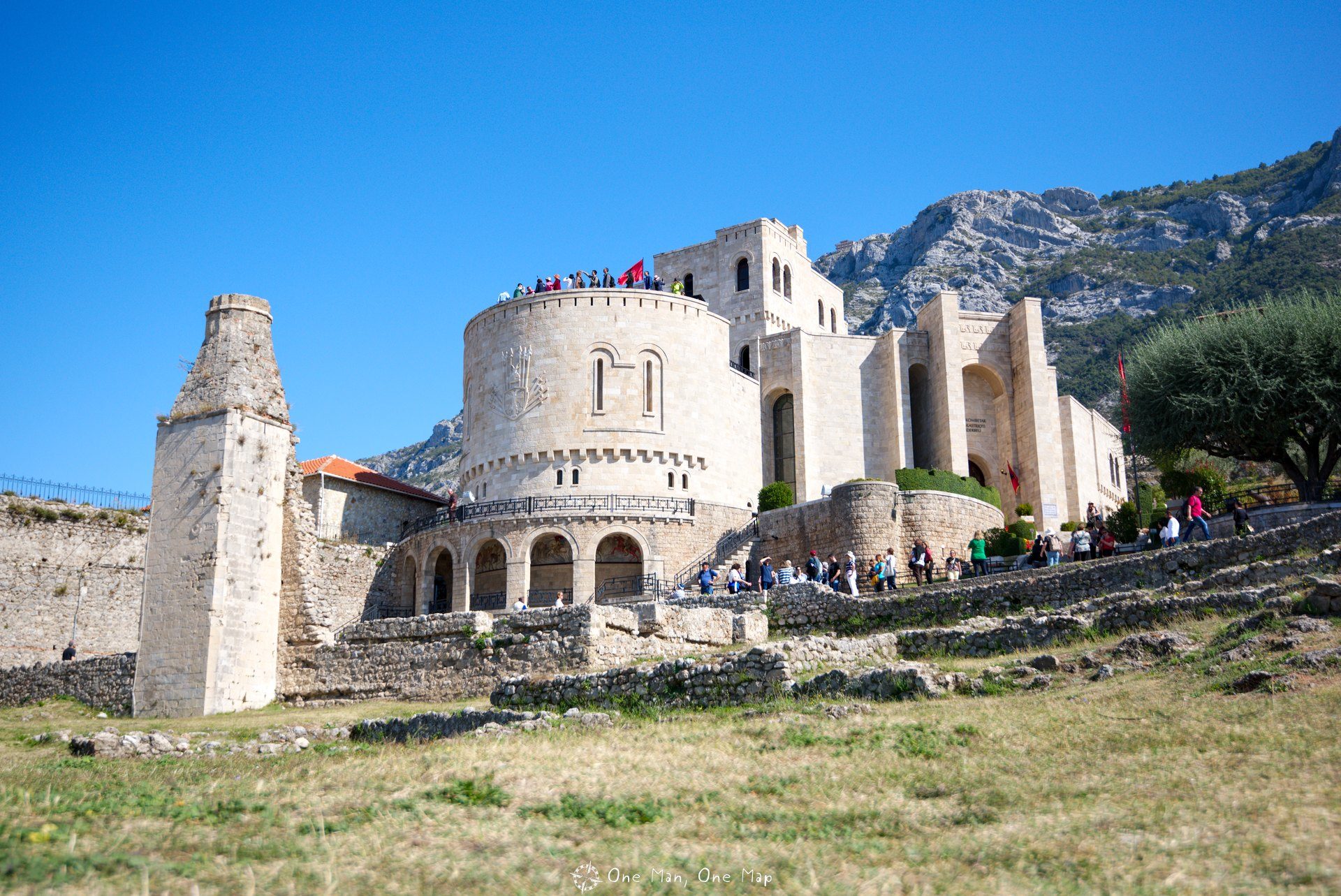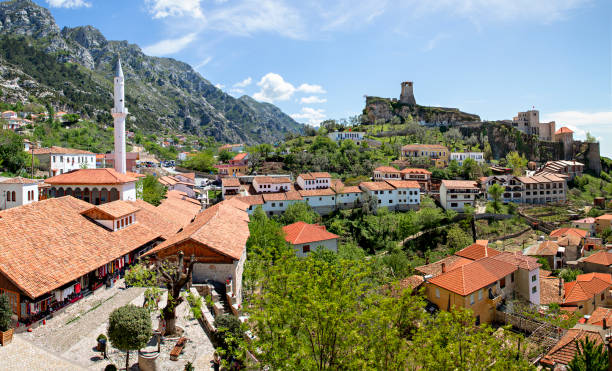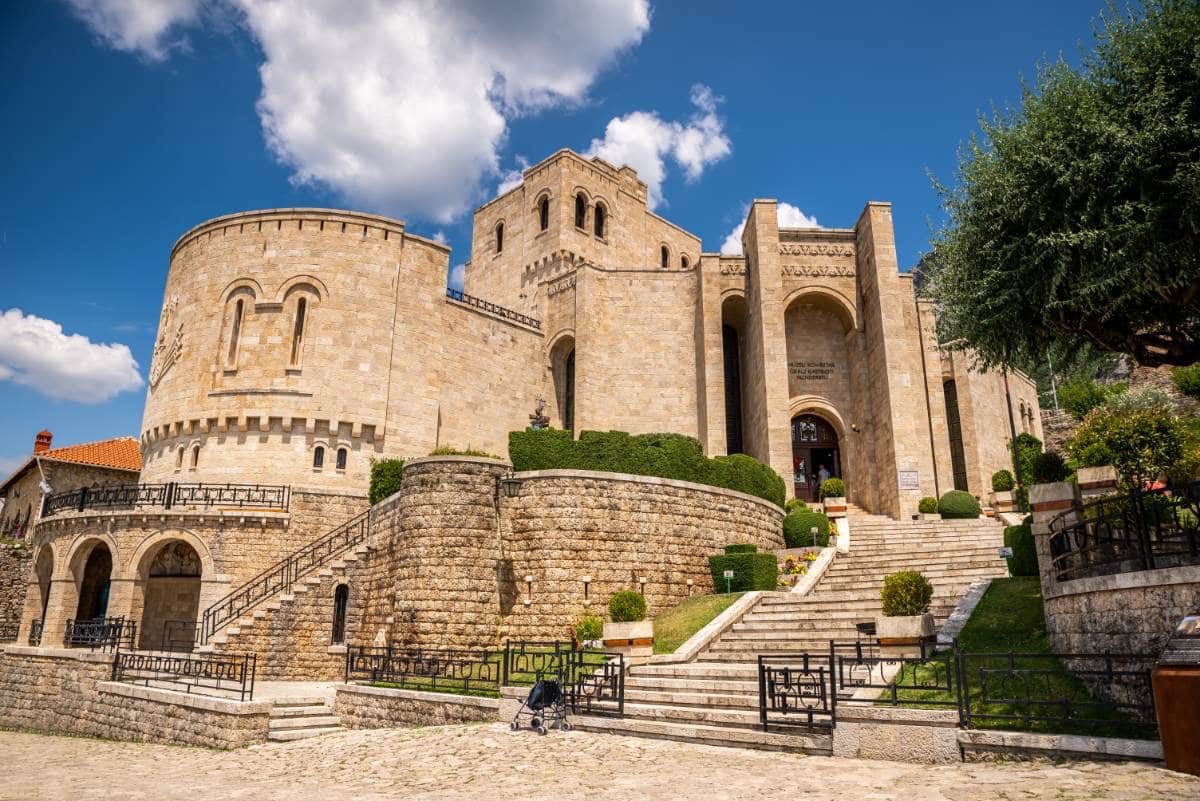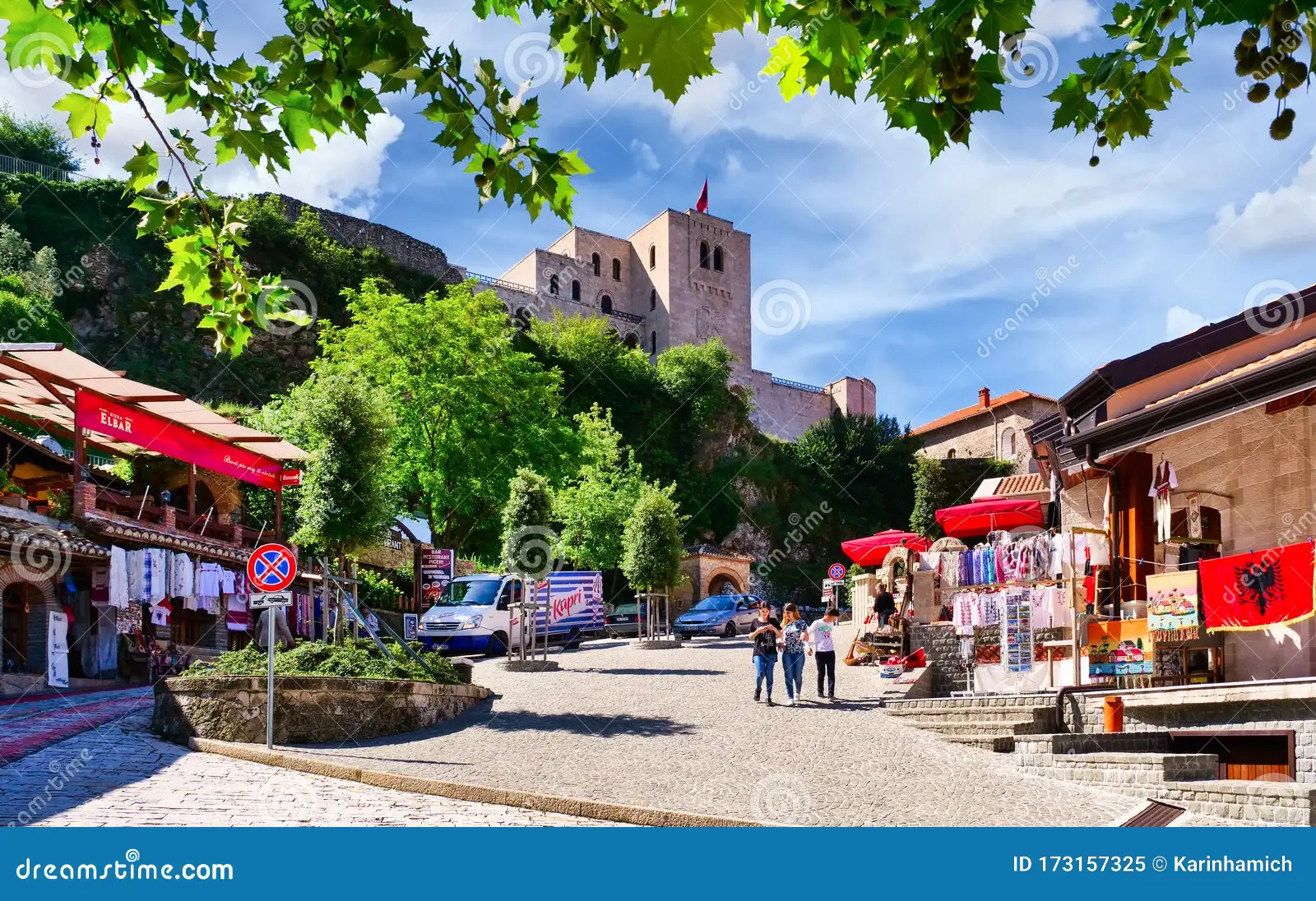Albanian Adventure with Tirana City Tour
Package Overview
Tirana – Shpella e Pellumbasit – Syri I Ciklopit - Kruje
Trip Duration: 4 Days
Available for: Children
Language: Albanian, Arabic, English, Spanish, Italian, French, German.
Tour itinerary:
This tour will start from Tirana the heart and capital of Albania, Day 1 is Tirana City tour in the day time, and in evening is a free tour to enjoy the night life.
Day 2: Tirana - Shpella e Pellumbasit: Distance: 35 min. 20.6 km
Will be heading for Shpella e Pellumbasit for day tour then return to Tirana.
Day 3: Tirana - Syri I Ciklopit: Distance: 45 min. 26 km.
We head to Syri I Ciklopit to enjoy the scenery for couple of hours then head back to Tirana.
Day 4: Tirana - Kruje: Distance: 1 h 5 min. 40 km.
We head to Kruje to spend the day there then come back to Tirana in the evening
1 Tirana City Tour
Tirana, the capital and largest city of Albania, is the country's cultural, economic, and political center. Established in 1614 by Sulejman Bargjini, a local Ottoman ruler, the city has grown rapidly, especially after becoming the capital in 1920. Tirana is known for its colorful buildings, vibrant streets, and rich history, blending Ottoman, Italian, and Communist-era architecture. Skanderbeg Square, the city's central plaza, is home to key landmarks such as the National History Museum, Et'hem Bey Mosque, and the Clock Tower.
The city's atmosphere is lively, with a mix of traditional and modern influences. Blloku, once an exclusive area for Communist elites, is now a trendy district filled with cafes, restaurants, and nightlife spots. The Grand Park of Tirana offers green spaces and a peaceful retreat, while Mount Dajti, accessible by cable car, provides stunning views of the city.
Tirana also boasts a growing arts scene, with museums, galleries, and cultural events celebrating Albania’s heritage and contemporary creativity.
In recent years, Tirana has undergone significant urban transformation, improving infrastructure and sustainability. The city is working to become more pedestrian-friendly, with new public spaces and bike lanes. It is also a hub for international diplomacy, hosting embassies and conferences. As Albania moves towards European integration, Tirana plays a crucial role in shaping the country’s future while preserving its unique identity and historical roots.
The list of attractions in the tour:
1.Scanderbeg Square
"Skënderbej" Square is the main square of Tirana with an area of 40,000 m², which makes it the largest square in Albania.
"Skënderbej" Square is the main square located in the center of Tirana, Albania. The square is named after the Albanian national hero Gjergj Kastrioti Skënderbeu. The square is surrounded by the Palace of Culture, the Tirana Hotel, the National Museum and the Bank of Albania.
2.Et’hem Beu Mosque:
Et'hem Beu Mosque is located in the center of Tirana. It began to be built by Mulla Bey who came from Petrela in 1789. It was completed in 1821 by Mulle Bey's son, Haxhi Et'hem Bey. The mosque was in the final stages of construction and the erection of the tower next to the mosque was becoming an inseparable element of local tradition.
3.New Bazar:
Visit of the new bazar and its surroundings of the street art and restaurants.
The New Market is located in Avni Rustemi Square, 8 minutes from the center of Tirana and has become the newest attraction of the city. Before the inauguration, the New Bazaar was not so attractive, where traders sold their products in not very good conditions. The New Bazaar was an investment the city needed, as the area had lost its beauty and authenticity.
4.Tirana Castle:
The castle is located in the center of the capital of Albania, Tirana, and is one of its most frequented areas. Tirana Castle is a monument of cultural heritage, approved in 1973. It represents a fortification with a rectangular plan measuring 160x120 m.
5.The San Pietro Cathedral:
The cathedral was built at the end of 2001 and is one of the largest and newest cathedrals in Tirana. It belongs to the Catholic Archdiocese of Tirana-Durra. Its name recalls the Apostle Paul as the first evangelist of the Albanian lands, in 52 AD. In a letter addressed to the Romans, Saint Paul declares that: "he took the holy word from Jerusalem and around to Illyria". Inside the cathedral there is a monument to Mother Teresa and that of Pope John Paul II.
6.The Pyramid of Tirana:
The "Pjeter Arbnori" International Culture Center, Pyramid or Former "Enver Hoxha" Museum was built and inaugurated as the "Enver Hoxha" museum in 1988 in Tirana, that is, three years after the death of Enver Hoxha.
7.Mother Teresa Square:
The Mother Teresa Square (Albanian: Sheshi Nënë Tereza) is the second largest square in Tirana, Albania. It is named after the Albanian-born Indian Roman Catholic nun, missionary and Nobel Peace Prize laureate Mother Teresa.
8.Beautiful murals Tirana "MuralFest":
The 6th edition of "MuralFest", a project of the Municipality of Tirana. Curator Helidon Haliti. 11 international artists and 14 murals.
9.Enver Hoxha former residence
As soon as he came to power, Enver Hoxha settled in the "Dajti" hotel in Tirana. A few days later he liked a house built in 1942 by an Italian, Velleda Lucia Costa. Koçi Xoxe lived in the next house next to it (to the east) belonging to the owner Qemal Biçakçiu.
10.The Autocephalous orthodox Cathedral:
Is an Eastern Orthodox Church widespread in Albania. It ranks 13th in the diptychs of the Patriarchate of Constantinople (Istanbul, Turkey) and 12th in the diptychs of the Moscow Patriarchate. Its primate holds the title "His Beatitude, Archbishop of Tirana, Durrës and all of Albania". Since 1992 this role has been played by Archbishop Anastas Janullatos.
11.The cloud “REJA”:
The installation 'Cloud' by the Japanese artist Sou Fujimoto is a monumental work of art and a modern space for cultural life in Tirana. Since 2017, "Reja" has served as a space for cultural and artistic events in the capital.
12. Bunk'Art (extra 1 hour – Entrance fees: €4-5 Euros)
Such a bunker with 5 underground floors was built between 1972 and 1978, with 106 and an Assembly Hall, where objects that were used by former communist leaders in the years 76'-80' are exhibited, is located in the area known as Shish Tufina, in Tirana.
2 Shpella e Pellumbasit
Shpella e Pëllumbasit (The Cave of Pëllumbas), also known as the Black Cave, is a natural and archaeological treasure located near the village of Pëllumbas, approximately 25 kilometers southeast of Tirana, Albania. It is one of the most significant karst caves in the region and has gained popularity for its historical, geological, and ecological value. Below is a detailed overview of Shpella e Pëllumbasit:
________________________________________
Location and Accessibility
• Village: Pëllumbas, Tirana County.
• Coordinates: Approximately 41°15′42″N 19°54′30″E.
• Access:
o The cave is accessible via a hiking trail from the village of Pëllumbas, taking about 40–60 minutes depending on the pace.
o The trail is well-marked, offering stunning views of the Erzeni River valley and the surrounding landscape.
o Suitable for outdoor enthusiasts, though sturdy footwear is recommended due to uneven terrain.
________________________________________
Geological Features
• Formation: The cave is a karstic formation, created by the dissolution of soluble rocks such as limestone.
• Length: Approximately 360 meters deep.
• Width & Height: The entrance is around 15 meters wide and 10 meters high, narrowing as you go deeper into the cave.
• Interior:
o The cave is filled with stalactites, stalagmites, and other fascinating rock formations.
o Visitors may notice varying chambers and tunnels that require some agility to navigate.
________________________________________
Historical and Archaeological Significance
• Ancient Habitation: Archaeological findings suggest that the cave was inhabited by humans during the Paleolithic period, around 10,000–20,000 years ago.
• Artifacts: Stone tools, pottery fragments, and other artifacts have been discovered in and around the cave.
• Fauna Remains: Fossils of cave bears (Ursus spelaeus) dating back thousands of years have been uncovered, hinting at the prehistoric ecosystem.
________________________________________
Ecological Importance
• Biodiversity: The area surrounding the cave is rich in flora and fauna, including endemic plant species and birdlife.
• Erzeni River Canyon: The cave overlooks the stunning Erzeni River canyon, adding to its scenic beauty.
________________________________________
Tourism and Activities
• Hiking and Nature Walks: The journey to the cave offers an excellent opportunity for hiking, photography, and enjoying nature.
• Caving: Visitors can explore the interior of the cave with the assistance of local guides. Flashlights and helmets are typically required for safety.
• Scenic Views: Panoramic views of the Erzeni River and the rugged Albanian landscape are highlights.
________________________________________
Practical Information
• Entrance Fee: A small fee is sometimes charged for cave access, which helps with maintenance and preservation.
• Best Time to Visit: Spring and autumn are ideal due to mild weather conditions.
• Precautions: Visitors should be cautious of slippery surfaces inside the cave and avoid venturing too deep without proper equipment.
________________________________________
Conservation Efforts
• Protection: The cave is a protected natural monument under Albanian law.
• Awareness Campaigns: Local and national organizations promote sustainable tourism to preserve the site for future generations.
________________________________________
Shpella e Pëllumbasit is a must-visit destination for adventure seekers, history enthusiasts, and nature lovers, offering a unique blend of natural beauty, cultural heritage, and thrilling exploration.
3 Syri I Ciklopit
Syri i Ciklopit (The Cyclops' Eye) is a natural attraction in Albania, known for its stunning beauty and cultural significance. Located near the village of Rehovë, in the southeastern part of the country, it is a remarkable karst spring surrounded by unspoiled nature. Below is detailed information about this fascinating site:
________________________________________
Location
• Region: Near the village of Rehovë, in the Përmet District, Albania.
• Coordinates: Approximately 40° 13' N latitude and 20° 15' E longitude.
• Accessibility: Reaching Syri i Ciklopit typically involves a hike or off-road drive. The trail offers scenic views of lush vegetation, rocky landscapes, and small water streams.
________________________________________
Geological Features
• Type: Karst spring.
• Appearance: Syri i Ciklopit is a small pool with incredibly clear, turquoise-blue water. It resembles an eye, hence the name "Cyclops' Eye."
• Formation: The spring is formed by water seeping through the limestone rock, creating a unique geological feature.
• Depth: The pool is relatively shallow, though the exact depth can vary depending on the season.
________________________________________
Cultural and Mythological Significance
• Name Origin: The name "Syri i Ciklopit" derives from the local legend that a Cyclops once roamed the area and left behind this "eye" as a mark.
• Folklore: It is associated with various myths that reflect the rich oral traditions of the region.
________________________________________
Biodiversity
• Flora: The area is surrounded by a variety of native plant species, including Mediterranean shrubs and wildflowers.
• Fauna: The spring supports aquatic life, including small fish and amphibians, and is part of a habitat for local wildlife.
________________________________________
Activities
• Hiking: The surrounding trails are popular for hiking and exploration.
• Swimming: Visitors often swim in the cool, refreshing water.
• Photography: The natural beauty of the site makes it a favorite for photographers.
• Picnicking: The area is ideal for relaxing and picnicking in a serene environment.
________________________________________
Tips for Visitors
1. Best Time to Visit: Late Spring to early autumn offers the best weather conditions.
2. Gear: Wear sturdy hiking shoes and bring water-resistant clothing if you plan to swim.
3. Respect Nature: Ensure that you leave no litter and preserve the natural beauty of the site.
4. Local Guides: Hiring a local guide can enhance your experience with insights into the area's history and folklore.
________________________________________
Syri i Ciklopit is a hidden gem that combines natural beauty with cultural richness, making it a must-visit destination for nature enthusiasts and travelers exploring Albania.
4 Kruje
Kruja, located in central Albania, is a city rich in history, culture, and natural beauty. Known as the "city of the hero," Kruja holds a special place in Albanian history as the birthplace and stronghold of Skanderbeg, the national hero who resisted the Ottoman Empire in the 15th century. Here's a detailed overview of the city:
________________________________________
Geography and Location
• Position: Kruja is situated on the slopes of Mount Krujë, about 20 kilometers (12 miles) north of the capital, Tirana, and 35 kilometers (22 miles) inland from the Adriatic Sea.
• Altitude: The city lies at an elevation of approximately 600 meters (1,968 feet), providing stunning views of the surrounding region.
________________________________________
History
1. Ancient and Medieval Era:
o The city has been inhabited since ancient times and was a significant center for the Illyrians.
o In medieval times, Kruja gained prominence as a fortress town and played a central role during the Albanian resistance against the Ottoman Empire.
2. Skanderbeg’s Legacy:
o In the 15th century, Kruja became the epicenter of Albanian resistance under Gjergj Kastrioti Skanderbeg, who led a series of successful battles against the Ottomans from the Kruja Castle.
o Skanderbeg's leadership established Kruja as a symbol of freedom and national pride.
3. Ottoman Era and Beyond:
o Despite Skanderbeg’s resistance, the Ottomans eventually captured Kruja in 1478, and it remained under Ottoman control for centuries.
o Kruja experienced a revival in the 20th century, becoming a focal point for Albanian nationalism.
________________________________________
Cultural and Historical Attractions
1. Kruja Castle:
o A well-preserved medieval fortress perched on a hill overlooking the city.
o The castle includes the Skanderbeg Museum, which celebrates the hero’s life and legacy.
o The castle grounds also house the Ethnographic Museum, offering insights into traditional Albanian life.
2. Old Bazaar:
o The historic bazaar is a vibrant marketplace with cobblestone streets and wooden stalls.
o Visitors can find traditional Albanian crafts, handmade rugs, antiques, and souvenirs.
3. Teqe of Dollma:
o A 400-year-old Bektashi temple located within the castle grounds, showcasing Albania’s religious and cultural diversity.
4. Nearby Historical Sites:
o The Holy Cave of Sarisalltik: A sacred Bektashi site located on Mount Krujë, offering both spiritual significance and panoramic views.
________________________________________
Natural Attractions
• Mount Krujë: The mountain is popular for hiking and outdoor activities, with trails leading to breathtaking viewpoints.
• Qafë-Shtama National Park: Located nearby, the park is known for its pristine nature, clear springs, and opportunities for eco-tourism.
________________________________________
Culture and Festivals
• Kruja is known for its deep cultural roots, reflected in local music, dance, and traditional Albanian hospitality.
• Festivals celebrating Skanderbeg's achievements and local traditions are held periodically, attracting visitors from across the country.
________________________________________
Economy
• Tourism: Kruja’s historical significance and proximity to Tirana make it a popular destination for domestic and international tourists.
• Artisan Crafts: The Old Bazaar is a hub for traditional Albanian crafts, particularly handmade rugs and filigree jewelry.
• Agriculture: Olive oil production and farming play an essential role in the local economy.
________________________________________
Modern Kruja
• Population: Kruja has a population of around 15,000-20,000 residents.
• Accessibility: The city is well-connected by road to Tirana and other major cities.
• Development: Kruja continues to balance its historical heritage with modern development, focusing on sustainable tourism.
________________________________________
Practical Information for Visitors
• Best Time to Visit: Spring and early autumn offer pleasant weather for exploring outdoor attractions.
• Local Cuisine: Visitors can enjoy traditional Albanian dishes, such as tavë kosi (baked lamb with yogurt) and byrek (savory pies).
• Accommodations: The city offers a range of accommodations, from traditional guesthouses to modern hotels.
________________________________________
Kruja is a must-visit destination for history enthusiasts, nature lovers, and those seeking to explore the rich heritage of Albania. Its historical significance, combined with stunning landscapes, makes it a jewel of the Balkans.
Package Pricing
| Item/Service | Price |
|---|---|
| Tour (1 person) (Tour Guide +Car) | €255.00 |
| Tour (2 persons) (Tour Guide +Car) | €199.00 |
| Tour (3 persons) (Tour Guide +Car) | €175.00 |
| Tour (4 persons) (Tour Guide +Car) | €120.00 |
| Tour (5 persons) (Tour Guide +Car) | €90.00 |
| Tour (6-7 persons) (Tour Guide +Car) | €75.00 |
For an all-day companionship price of the guide €60
